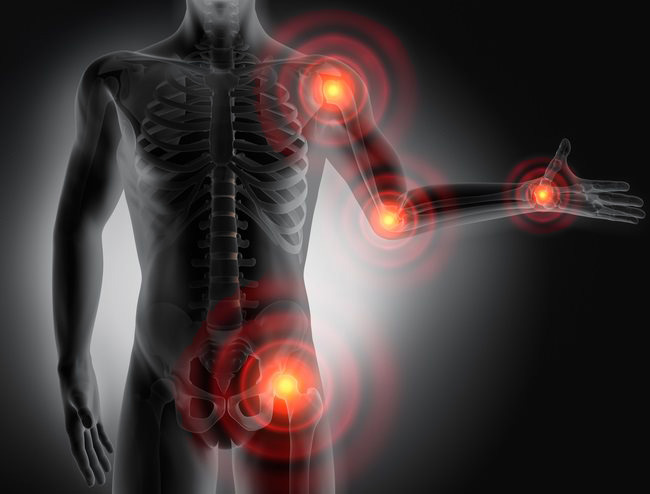Pain is among the most common reasons Americans use the health care system and the leading cause of disability. Chronic pain (pain that lasts more than six months) can be caused by a variety of injuries and diseases, including nerve damage and cancer, and most commonly affects the lower back and legs. Chronic pain may be intermittent or continuous, and it prevents many people from working, eating properly, participating in physical activity or enjoying life. Left untreated or under treated, chronic pain may cause significant physical and emotional disability.
Cancer is a major cause of both acute and chronic pain. Most people with cancer will experience pain at some point during their course of treatment, and some will continue to have pain after the treatment ends. The vast majority of people with cancer are treated for pain by practitioners who are not pain specialists. As a result, they are at high risk of under-treatment for pain.
The World Health Organization (WHO)’s guidelines for the treatment of cancer pain with opioid medications, which are considered the mainstay approach for all people with cancer who have moderate to severe pain. However, non-opioid medications, psychosocial interventions, rehabilitative techniques and other pain treatment options should be part of the treatment plan.
Satisfactory pain control is possible, but barriers exist…
with health care professionals:
- Inadequate knowledge of pain management
- Poor assessment of pain
- Concern about regulation of controlled substances
- Fear of patient addiction
- Concern about side effects of analgesics
- Concern about patients becoming tolerant to analgesics
with patients:
- Reluctance to report pain
- Concern about distracting physicians from treatment of underlying disease
- Fear that pain means disease is worse
- Concern about not being a “good” patient
- Reluctance to take pain medication
- Fear of addiction or perception of being an addict
- Worries about side effects (e.g., constipation, nausea, clouded thought)
- Concern about becoming tolerant to pain medications
with the health care system:
- Low priority given to treatment of cancer pain
- Most appropriate treatment not reimbursed or too costly for patients and families
- Restrictive regulation of controlled substances
- Problems of availability of treatment or access to it
Fears and misunderstandings about addiction, tolerance and physical dependence greatly hinder use of opioid therapy.
“The key to successful pain management is to manage the pain to improve the function and quality of the life of the person living with pain.” Our compounding pharmacist works together with patients and their physicians (or PA or RN) to customize medications that meet the specific needs of each individual. Often, the need for or dose of opioids can be reduced when used in combination with other medications with different mechanisms of action. Ask our pharmacist for more information on how we can help to solve your medication problems.
©Storey Marketing. All rights reserved.






